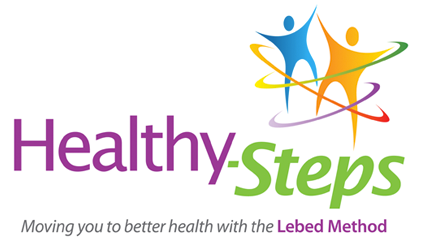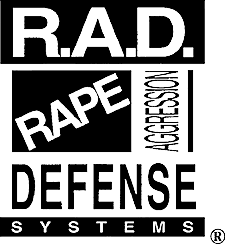WORKSHOPS
Workshops are one-time classes on a specific dance or technique that are offered periodically. These tend to be more intensive and material-heavy than a class series.
LEARN TO TURN! A TECHNIQUE WORKSHOP FOR DANCERS
Monday November 21, 2011
7-9 pm
Cost $20
Ballet or Bollywood, Fox Trot or Flamenco, Hula or Hip Hop, Jazz or Jive, Line Dance or Lindy, Swing or Salsa, tango or Two Step, Waltz or West Coast, Zydeco or Zumba, if you dance, you probably turn.
Are your turns sloppy or uncontrolled? Do you get dizzy? Wish you could do double turns? Can’t figure out where a 3/4 turn ends? This class is for you. Dancing either solo or with a partner, basic turn technique is the same.
By the end of this workshop you will: have a broad vocabulary for ways to rotate; get practice exercises for initiating and controlling turns; learn to spot, hear how the physiology of the inner ear affects balance; understand how to prep a turn; and improve all your turns.
Workshop at Springstep, 98 George Hassett Drive, Medford Square. No registration required. Teens and supervised children welcome.
Contact me at julie@jkdance.com for more information
Here are other workshops I offer periodically:
East Meets West: An Intermediate Workshop for Both East Coast and West Coast Swing. We do the same moves in both dances, showing how the rules of each dance shape the way the moves look. Learn how to convert moves from one style to the other. Prerequisite: Please be comfortable with EITHER East or West Coast swing eight-count rhythm.
Paddles, Pencils and Pivots: Turn Technique for Both Partner and Line Dancers. Do you get dizzy from too much spinning? Wish you could do those double turns you see others doing? By the end of the hour you will: have a broad and accurate vocabulary for the different ways you can rotate; know the difference between a spin and a turn; have practice exercises for controlling your turns; learn how to spot so you won’t get so dizzy; understand how to prep a turn for yourself or your partner; and generally improve your turns in all your dances.
Understanding DANCE: Teacher Training for Those Who Sometimes Teach or Those Who Want to Improve Their Dancing. Find yourself teaching a new line dance at a Hoedown? Are you called upon to do the beginner lesson at your club? Does this cause minor panic? You are not alone–the number one fear is public speaking! This workshop will explore the basic concepts behind dancing. The structure of music will be explained. You will learn how to break down a line or partner dance to its basic components. Finally, you will learn some tools to communicate this information to others effectively. For anyone who wants to take their dancing to the next level, even if you never teach (haven’t you ever shown someone a new move/dance?), this workshop is for you. Practice time at the end!
Improve Your Dancing: a Technique Workshop for Line and Partner Dancers: Tie up your partner; blindfold the follower; dance with an egg on your hat; connect through a dowel; dance via a beach ball. Yes, we will do all these, and more, as we work on helping you make your dancing look and work better. You hear teachers talk about moving from your center, flashlighting your partner, connections, leverage, resistance-all important concepts, but do you know what they mean? Here’s your chance to learn by doing. Whether you are a newcomer or seasoned, beginner or advanced, a performer/competitor or social dancer, there is always room for improvement, and this workshop is a way to do that. This will be a fun, hands-on (your partner!) workshop.
What Dance is That? Understanding Dance Music: Originally conceived as a training for casual DJ’s, this workshop has expanded to include anyone who wants to understand how the music shapes the dances we do. Learn to count phrases of the music, understand what makes a song swing or cha cha or two step, discover where to expect the breaks in songs, find out why some songs don’t work for line dances. Part of this workshop focuses on (unresolved) issues about shaping an evening of dance (e.g., how many line dances in a set, when can you use a new song for a favorite dance, are slow songs a good or bad thing, when do you play mixers, how much non-country should you use). Remember, good dancers are the visual members of the band, so the more you understand the music, the better your dancing will become.




